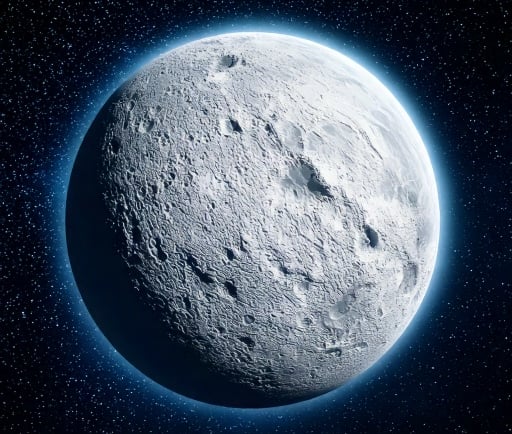Gazing the Exoplanet PSR B0329+54 b and its orbital star


Introduction to PSR B0329+54 b
The astronomical community has long been captivated by the discovery of exoplanets, especially those orbiting peculiar celestial bodies. Among these impressive finds is PSR B0329+54 b, an intriguing exoplanet that orbits the pulsar PSR B0329+54, located approximately 4,650 light-years away from Earth, in the constellation of Perseus. This unique exoplanet has raised numerous questions among researchers, as it defies typical characteristics associated with more conventional exoplanets.
The Uncharted Orbit of PSR B0329+54 b
PSR B0329+54 b is not your ordinary exoplanet; rather, it orbits a neutron star, offering a different perspective on planetary formation and stability. Neutron stars have incredibly dense cores and emit strong radiation, making the environment surrounding them particularly hostile for planetary bodies. The orbit of PSR B0329+54 b is remarkably close to its pulsar—an aggressive environment characterized by intense radiation and strong gravitational forces. This proximity to a neutron star questions traditional theories of habitability and planetary longevity, prompting a re-examination of how exoplanets form and survive under such extreme conditions.
The Significance of PSR B0329+54 b in Exoplanet Research
The study of PSR B0329+54 b is crucial for understanding the boundaries of planetary existence. Researchers believe that this exoplanet could serve as an exceptional case study, shedding light on the diversity of worlds that can exist in the universe. Its unique orbital characteristics provide insight into the processes that govern planetary discovery and survival around neutron stars. Furthermore, the methodologies used in observing PSR B0329+54 b may illuminate the future of exoplanet research, particularly regarding planets that orbit non-solar-type stars.
In summary, PSR B0329+54 b symbolizes the complexity and variety present in the cosmos, representing a unique opportunity for scientists to deepen their comprehension of the universe's intricacies. As we continue to explore the intriguing characteristics of this exoplanet and its host pulsar, we may uncover vital knowledge about the universe's secrets and the potential for more diverse planetary systems existing within it.
